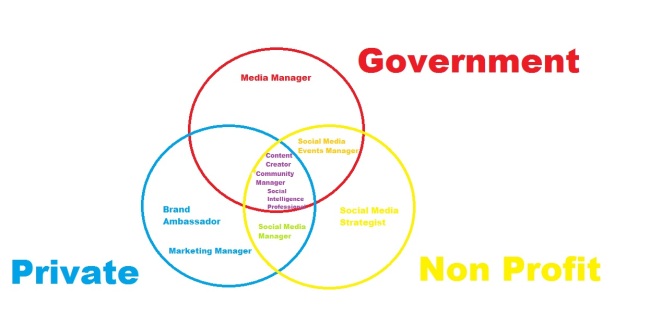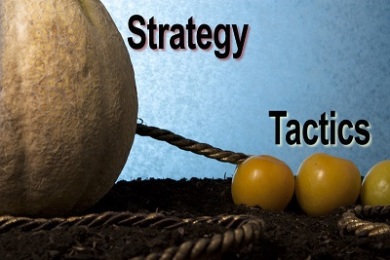Since beginning the Social Media Post Graduate Program at Seneca College it has become clear to me that I have to ‘up my game’ so to speak in the Twitter universe. I do not Tweet very often and I do not have very many followers. That being said I have gone from 2 Tweets when I began to 32. It may not seem like much when some of my fellow classmates are in the thousands but to me it is a small step forward. I have also more than doubled my followers from 26 to 60. It is a slow process but I am on my way. Because of my lack of Twitter action the analytics report is a bit sad I’m afraid. The following is a brief summary of my social media activity over the last two weeks.
My follower growth increased by 4 people, I had 1 mention with a total of 18 throughout my Twitter existence. Most of my mentions have come from people within the class but I did receive one from a social media management company which was very exciting. My top influencers on Twitter are all from Seneca SoMe; Austin, Andrea as well as Samantha.
My top hashtag was #SenecaSoMe as well as #shitmymomsays. These are the only two hashtags that I have used more than once and yes, my mother is hilarious.
As far as demographics go I am followed by mostly males. Luckily on twitter this is perfectly legitimate and safe. All joking aside, they make up about 56% of my followers and females are at 44%. They are mostly based in Toronto with an average age of about 25.
My Klout score is currently at 49. The highest that it has been is 53, with the exception of what I can only assume was a glitch that put me at 58 for a day. This 58 no longer appears on my Klout graph. I am not a fan of Klout because I find it is inconsistent. I monitor it daily and find that when I have the most action on Facebook and Twitter it seems to go down instead of up. My Facebook friend growth has increased by 5 and I have not had any link clicks.
This is the basic rundown of my social media presence. It obviously needs a lot of work but it is in progress. Hootsuite analytics is very helpful in determining what areas you need to focus on and I will be interested to see how much more helpful it is once I have some real numbers to work with.



